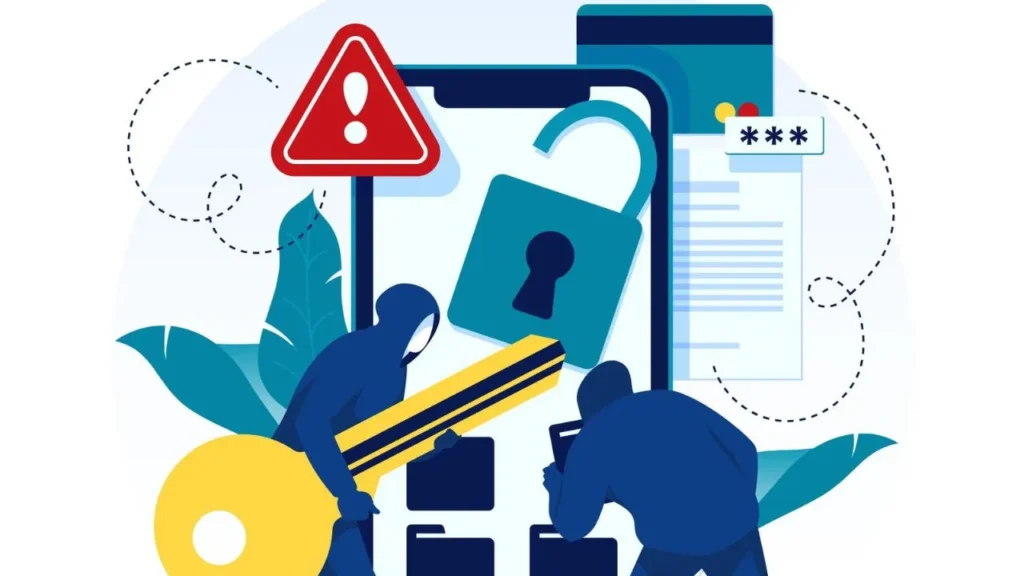Globally, cybersecurity standards and methodologies are evolving, and businesses are starting to employ cutting-edge technology safeguards for their computer networks. As a result of realizing this, hackers are choosing to focus their efforts on social engineering attacks directed at end users rather than using the time and money necessary to breach these safeguards. Phishing, a type of social engineering, was found to be the cause of 22% of reported occurrences in a Verizon Data Breach Incident Report for 2020.
You are familiar with social engineering and the typical forms of social engineering assaults from our earlier posts. We also examined the steps that staff members might take to stop these assaults.
But how can businesses stop phishing and other forms of social engineering from succeeding?
The following list of eight essential strategies can help your company thwart social engineering Attacks:
1. Security Awareness Training
To effectively safeguard your company and its employees against social engineering attacks, implement a comprehensive security awareness training program. This proactive approach ensures that your organization’s staff members understand hacker tactics, thereby mitigating vulnerabilities in human behavior exploited by social engineering.

One of the most common social engineering techniques, for instance, is phishing, which often takes the form of an email encouraging the receiver to click on a link or download a file that grants the attacker access to a computer or network system within the company.
Effective phishing campaigns make use of victims’ incapacity to recognize warning indicators such as a fake email address or URL. By equipping staff with this knowledge, they may detect and eradicate social engineering risks like phishing with greater ease.
2. Simulating Social Engineering Attempts
Well, your company has put in place a comprehensive security awareness training program. What comes next? Your company must evaluate staff members using social engineering simulations, going beyond simply teaching them about cybersecurity.
For instance: Since phishing simulations are usually cloud-based and can be purchased by vendors, your company may run them remotely and customize them to meet its specific requirements. You may learn from these simulations how beneficial a real-world phishing campaign would be for your company.
Your organization’s policies and processes for training and awareness can be strengthened with the use of simulation. It can notify you of the areas that require attention and enhancement to enable your staff to successfully thwart and identify social engineering attempts.

3. Increase Spam Filtering via Email Gateways
Cybercriminals favor email as a method for executing social engineering scams. Therefore, it’s imperative for your company to establish robust email gateways capable of flagging such attempts as spam in your employees’ inboxes. Research indicates that 45% of emails constitute spam, with many engineered to infiltrate networks, pilfer data, and compromise computer systems. Employing a reliable email gateway can potentially prevent up to 99.9% of spam, significantly bolstering your organization’s cybersecurity defenses.
4. Implement Policies Around Social Media Usage
Cybercriminals frequently use social media to gather information about their victims. One such tactic is spear phishing, which is phishing that is specifically targeted and tailored to a single person. The amount of data the attacker is able to obtain about their victim will determine how effective these attempts are. Establishing guidelines for what and how employees post on social media might help lessen the likelihood that social engineering tactics will succeed, since oversharing can be a problem.
5. Implement Appropriate Policy For Key Procedures
Social engineering’s effectiveness is limited by the extent to which technological processes can support it. Despite security measures such as network firewalls, anti-malware software, and antivirus programs, social engineering, designed to deceive individuals, remains unhindered in its success. Thus, putting in place suitable regulations for processes like money transfers and payments might aid in lowering the success rate of online criminals.
As an illustration, consider CEO Fraud, a form of spear-phishing email assault in which the perpetrator poses as the company CEO. Usually, the attacker wants to fool staff members into sending money to an attacker-owned bank account. Cybercriminals’ attempts at social engineering can be readily stopped by enforcing tight policies about money transfers, such as requiring face-to-face confirmation of transactions over a specific amount.
6. Multi-Factor Authentication
To thwart social engineering methods aimed at gaining access to an organization’s networks and systems, implement multi-factor authentication like two-factor authentication. This system demands an additional authentication factor beyond just a login and password, effectively halting potential social engineering attacks before they can progress.
As an illustration, after an attacker obtains employee login credentials, they will have to pass through an additional step to obtain full privileged access to the network and systems of the company. ensuring that only specific staff members have permission to use privileged resources.
7. Monitor Critical Systems 24/7
Make sure your information security officer or team is keeping a close eye on your vital systems that hold sensitive data around-the-clock to improve the efficacy of recognizing cyber attacks. Trojan assaults are one type of social engineering technique that tricks people into running programs that appear benign but actually have evil hidden agendas. Vulnerability assessments can assist in looking for weaknesses in your organization’s external and internal systems.
8. Utilise SSL Certification
Data encryption can lessen the impact of hackers getting access to the communication networks within your company. Getting SSL certified by authorities is the first step in achieving encryption. An easy way to think of an SSL certificate is like an envelope and seal for a letter. An SSL certificate is a kind of digital certificate that allows an encrypted connection and offers authentication for a website.
Final Words
Cybercriminals are finding that social engineering is a more and more efficient way to get past an organization’s security systems. To thwart social engineering attacks effectively, your business must implement necessary defenses, which encompass the eight measures listed above and extend beyond them. The team at StickmanCyber stands ready to aid your staff in identifying and thwarting such attempts at social engineering scams.